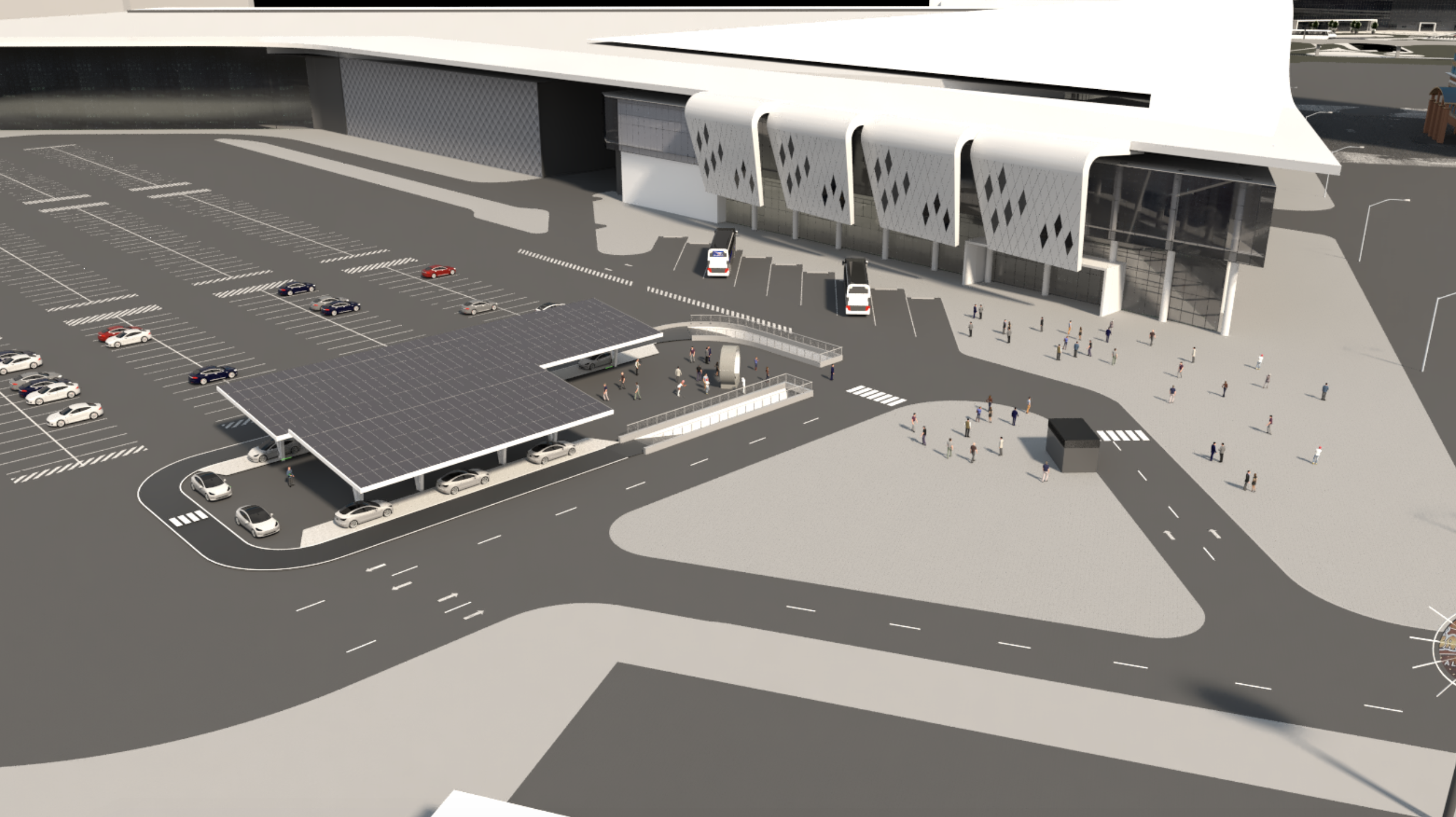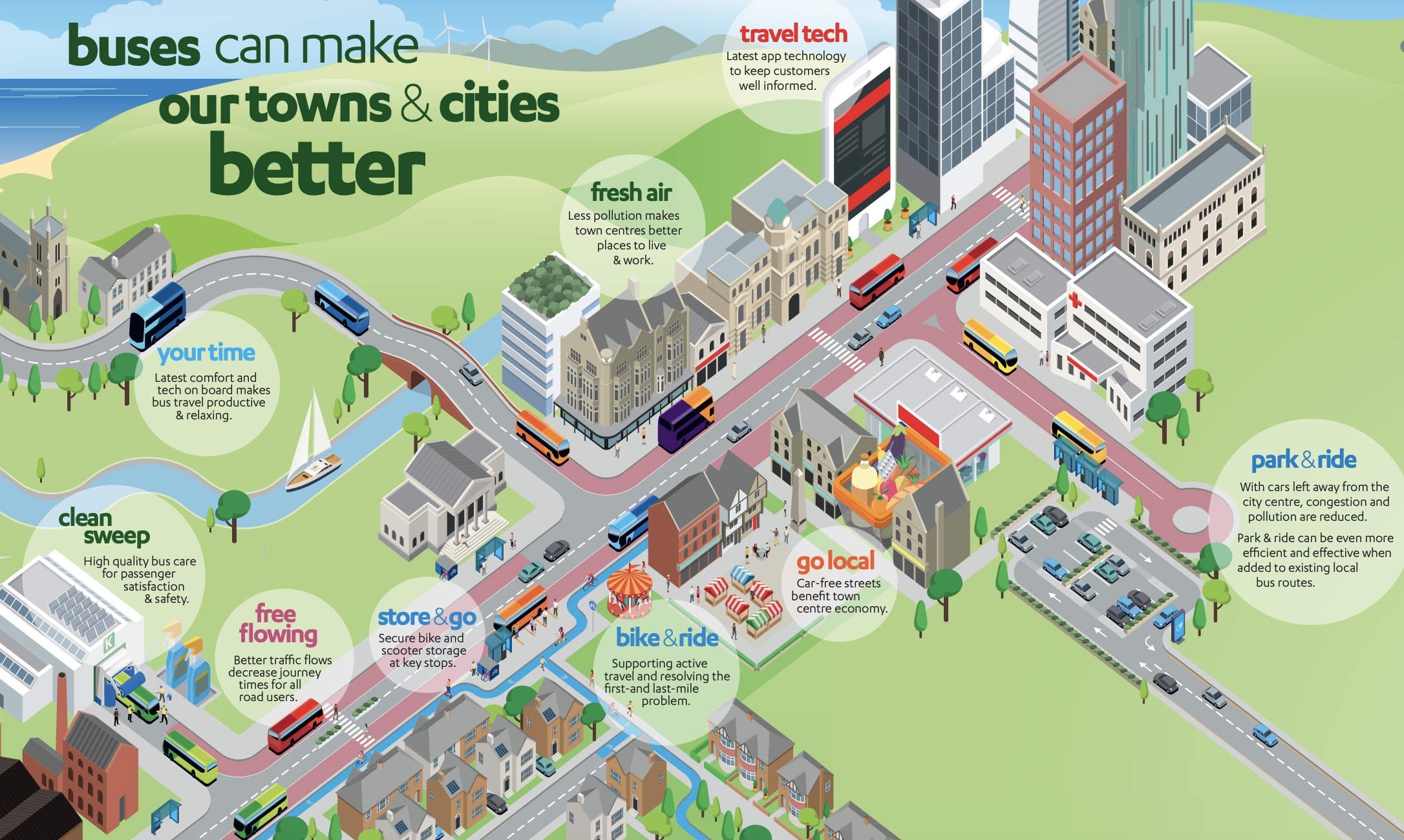Great example of The Vision Thing
The future of towns and cities, as presented by Transdev
Last month, Elon Musk became the world’s richest man.
He did so because he’s successfully sold the world his vision.
And it’s a vision based around cars.
Yes, they may be electric ones - but they are still cars.
Even his ‘public transportation’ ideas are actually tunnels for cars.
If, like me, you feel that a world that combines buses (moving fast), bikes and scooters (moving fast) and people (walking slow) is a better world than one formed of queues of cars (not bloody moving at all because there’s too many of them), then this is an issue.
But the reason why Elon Musk has overtaken Jeff Bezos as the world’s richest man, despite leading a company with 10% of the revenue, is because he’s been able to paint a picture of the future: and show that his product is central to it.
This is something that the public transport industry is generally not very good at.
If you look at the Twitter feeds of people in the world of public transport, they tend to show many more images of the past than the future.
So here’s a real shout-out for Transdev, who have produced a really clear visualisation of the urban area of the future.
The visualisation rightly integrates bikes and walking, and shows how buses are also at the core.
It looks attractive and summarises in simple terms why buses are part of the answer to a world which is less polluting and gives people more time.
Here are two visions of the future; Elon Musk’s (and, yes, this is directly from his website) and Alex Hornby’s:
Which world do we want to live in? If it’s Alex Hornby’s, then we all need to start articulating it.



